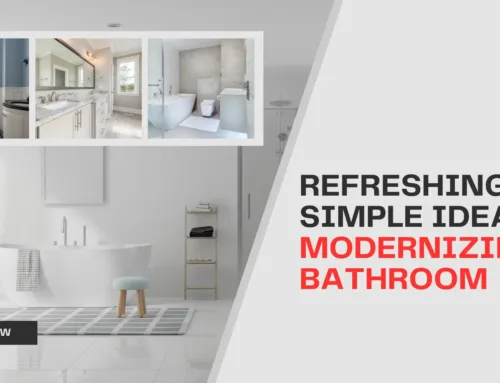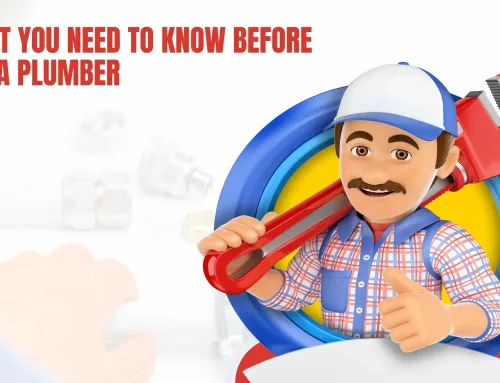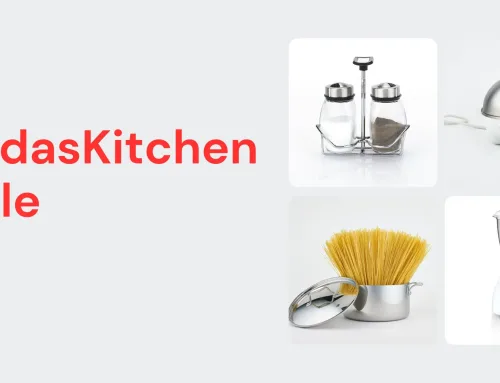Although it can appear simple, installing kitchen appliances calls for a careful mix of planning, safety, and accuracy. In addition to improving kitchen operation, a properly fitted appliance guarantees long-term effectiveness, lowers repair costs, and increases home safety.
Understanding the installation procedure and adhering to crucial instructions will help you save time, aggravation, and money when putting up a new oven, dishwasher, or refrigerator. It is worthwhile to take the time to thoroughly prepare, comprehend the criteria, and steer clear of typical blunders that could later cause expensive problems rather than hurrying through the process.
Evaluating Power and Space Needs
Carefully measuring the available space is the first step in installing any kitchen item. When it comes to fitting appliances like microwaves, dishwashers, and refrigerators into specific spaces, even a few centimeters can make a difference. In addition to physical space, you also need to make sure that doors and ventilation have enough clearance to open easily.
Another important consideration is power requirements; some items may need direct wiring or higher voltage outlets instead of conventional ones. To be sure your plumbing and electrical systems can support the load, consult the manufacturer’s installation instructions in advance. By being prepared, last-minute shocks and needless changes are avoided.
Making Safety and Compliance a Priority
The installation of kitchen appliances should always prioritize safety. To lower the possibility of shocks, leaks, or fire threats, electrical and plumbing repairs should be done extremely carefully. It is crucial to strictly adhere to building requirements in many places that specify how appliances should be wired, grounded, or linked to water sources.
The safest course of action is to hire a licensed electrical professional if you are not experienced in plumbing or electrical work. This protects your house insurance coverage, which may be revoked by incorrect self-installation, in addition to guaranteeing adherence to local codes. Keep in mind that a badly fitted device can jeopardize both household safety and performance.
Managing Plumbing Attachments
Reliable water connections are necessary for a number of kitchen appliances, including dishwashers, refrigerators that make ice, and some coffee makers. To stop leaks that could cause water damage, it is essential to make sure that hoses, pipes, and seals are installed appropriately. Shut-off valves are also a good idea because they simplify maintenance and lower the danger of repairs.
Be mindful of appropriate drainage as well; to avoid backflow, dishwashers in particular need to be connected to a drain line at the right height. Future problems can be greatly reduced by double-checking seals and applying plumber’s tape to threaded connections. For an extra piece of mind, if in doubt, think about having a plumber inspect or complete the installation.
Making Certain Appropriate Ventilation and Positioning
When installing kitchen appliances, ventilation is sometimes disregarded, although it is essential to both longevity and function. Enough ventilation is necessary for ovens, microwaves, and even refrigerators to stay efficient and avoid overheating.
A refrigerator that is pressed too firmly against the wall, for instance, may overwork its compressor, increasing energy costs and possibly causing it to break too soon. To guarantee that heat and smoke are adequately vented, range hoods and ovens must also be positioned with the proper amount of space between them and cabinets and walls. Usability is also affected by placement; consider your kitchen’s workflow and position appliances where they will be most useful for cleaning, cooking, and storage.
Testing and Last-Minute Modifications
Appliances must be properly tested after installation before being used daily. Preheat ovens to guarantee uniform temperature distribution, start refrigerators to verify cooling, and turn on dishwashers and washing machines to look for leaks. Simple fixes, like leveling the legs to stop them from shaking or vibrating, can greatly increase appliance life and functionality.
Additionally, many appliances have smart features that need to be connected to Wi-Fi or applications; configuring these at the time of installation guarantees that you can start using the advantages of remote monitoring and control right away. By taking the time to examine each connection and make sure that every system is operating as it should, minor problems can be avoided before they become costly repairs.
There is considerably more to installing kitchen appliances than just connecting them and turning them on. The process requires careful handling of plumbing and electrical connections, careful attention to safety, proper space evaluation, and ventilation.
Homeowners may ensure performance and longevity by testing appliances after installation and making the required modifications. Those who prefer hands-on work might find do-it-yourself installation appealing, but for more complicated jobs, never be afraid to seek professional help. Following the wise installation procedures can ultimately keep your kitchen functioning properly and provide you with peace of mind that your equipment investment is secure.










